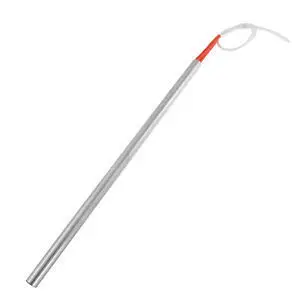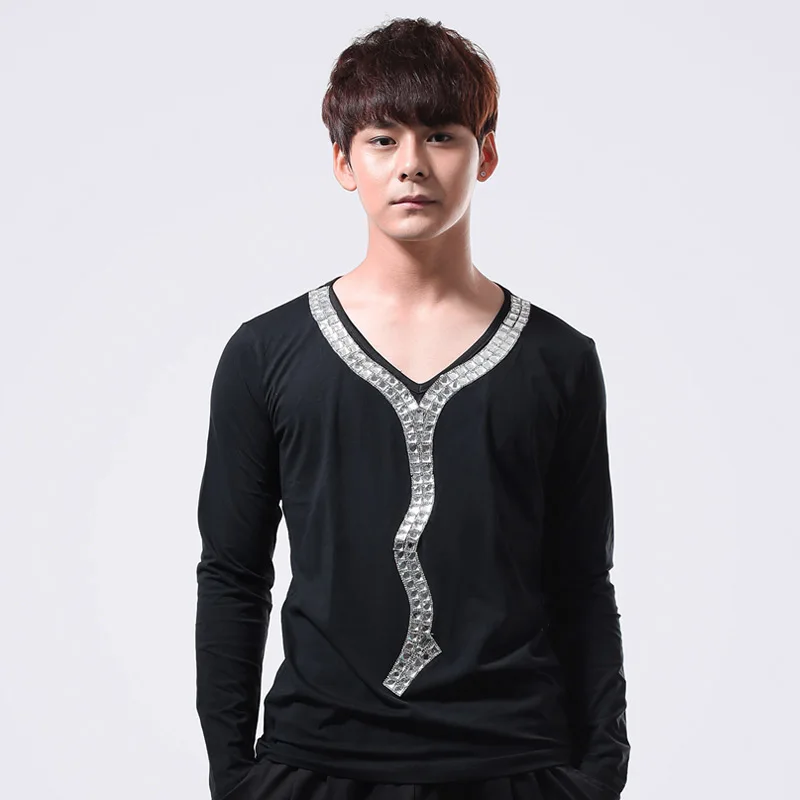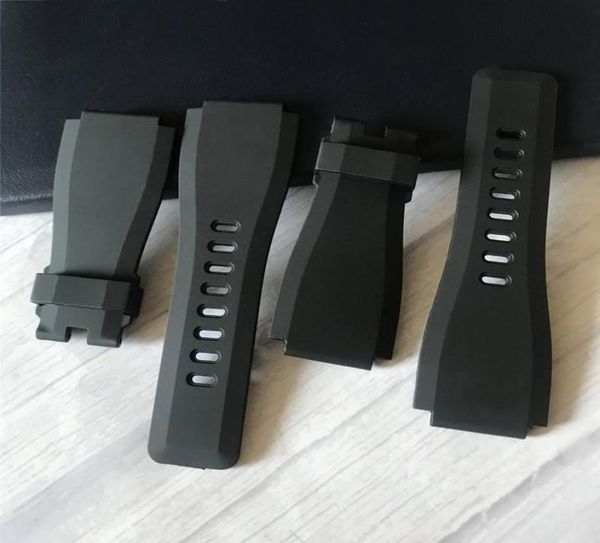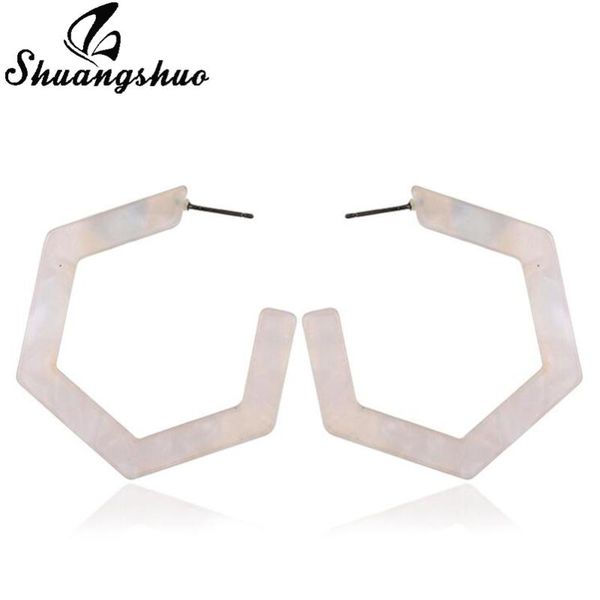Needle Lace & Needleweaving: A New Look At Traditional Stitches * S I G N E D * [signed]
![Needle Lace & Needleweaving: A New Look At Traditional Stitches * S I G N E D * [signed]](//pictures.abebooks.com/isbn/9780933877009-us.jpg)
![Needle Lace & Needleweaving: A New Look At Traditional Stitches * S I G N E D * [signed]](http://pictures.abebooks.com/isbn/9780933877009-us.jpg)
sku: COM9780933877009SIGNED
ACCORDING TO OUR RECORDS THIS PRODUCT IS NOT AVAILABLE NOW
$42.00
Shipping from: Canada
Description
This excellent compendium and guide brings together information that has been buried in bits and pieces in books generally devoted to other forms of stitchery. Each stitch - over 60 traditional stitches, with many variations - is detailed in explicit step-by-step diagrams. Working samples in easy-to-see yarns are guides to accuracy, especially in complex stitches, such as Maltese cross in interlacing, which are worked on a lattice or grid of other stitches. Inviting photographs of contemporary work - from wall hangings to a garden sculpture - show the creative possibilities of modern materials and combinations with needlepoint, applique, surface embroidery, and macrame. Needle lace is a form of detached embroidery which does not go down into the background fabric at every stitch, but is instead attached only at the edges, or to an outline or border. The stitches are built upon each other in a network, which can be very open and lacy or densely close set. Both needle lace and needleweaving are similar to surface embroidery when the background fabric remains as a part of the work or to needle-made lace when the network of stitches if freed from its background. Needleweaving is essentially different from needle lace because the work is woven in and out of a warp of threads either already part of the background fabric, as in the many forms of drawn-thread work, or on a stretched warp made in advance of the needleweaving. Both needle lace and needleweaving belong in one book, because they can be so easily combined. the dividing line between them is very difficult to draw when the warp for the needleweaving is created by long straight stitches of needle lace or when the needle lace or when the needle lace stitches are built up from woven forms. There are chapters on basic materials, preparing the background for stitching, collecting, and attaching found objects, making a sampler, pressing and blocking, soft finishing and hard finishing. Illustrated index of stitches.
Price history chart & currency exchange rate
Customers also viewed

$9.07
PhotoCustom 5D DIY Diamond Painting Butterfly Full Round Diamond Mosaic Scenery Diamond Embroidery Kit Rhinestone Home Decor
aliexpress.com
$6.82
Toddler Girls Fall Outfits Rugby Bow Embroidery Long Sleeve Sweatshirt and Elastic Pants Set Baby Cute 2 Piece Clothes
aliexpress.com
$33.18
New Mesh Gauze Ventilation Flat Shoes Women's Round Toe Embroidery Design Mary Jane Shoes Spring Summer Ballet Shoes Loafers
aliexpress.com
$11.66
Vintage Jackets Women Casual Designed Korean Style American High Street Hotsweet Spicy Girl All-match Autumn Cropped Coat Ins
aliexpress.com
$15.50
11mm x 270mm 600W Stainless Steel Single Head Mould Cartridge Heater Electricity Generation
aliexpress.com
$91.58
Большие голубь птицы клетки наружные портативные садовые попугаи перепелов птицы клетки Канарские Budgie Gabbia Per Papagalli товары для домашних животных YY50BC
aliexpress.ru
$1,911.66
Лабораторные испытания, малый объем, передвижной смешивающий резервуар для хранения с колесами, Герметичный тип, резервуар для хранения
aliexpress.ru
$19.71
1/2/3PCS Home Appliance Wifi Surveillance Cameras Security Protection Video Intercom Video Cards Baby Camera Monitor
aliexpress.com
$4.44
Креативный зажим для билета, документов, купюр, автомобильный зажим для сертификации, портативный зажим для хранения солнцезащитных очков, ...
aliexpress.ru
$13.20
Remote Control For Panasonic TX-P46G15E TX-P42G15E TX-L37V10B N2QAYB000354 TX-L32G10 TX-L32GW10 TX-L37G10 LCD Viera HDTV TV
aliexpress.com
$39.10
V collar punk slim sexy shirt men long sleeve shirt teenage korean T- shirt mens personality stage singer dance fashion black
aliexpress.com
$65.89
Ручной сверхмощный Угловой Инструмент, полностью металлический, для удостоверения личности, визиток, Круглый Угловой инструмент для резки бумаги, фотоальбома, угловой резак из ПВХ
aliexpress.ru
$11.65
Плиссированные юбки, Женская однотонная черная универсальная винтажная уличная одежда в стиле ретро, элегантная весенне-осенняя бархатная пикантная мини-юбка в стиле ампир, Женская шикарная юбка
aliexpress.ru
$11.06
с бантом с оборками Со цветочками Бохо Комплект из двух предметов для девочек, Многоцветный
shein.com
$36.29
Art Model MU 3D Metal Puzzle Marriage Pavilion building Model kits DIY Laser Cut Assemble Jigsaw Toy GIFT For Children
aliexpress.com
$13.80
Car reflective anti-collision strip auto parts door rear view mirror scratch-resistant strip protection car paint
aliexpress.com
$23.54
watch bands 33 24mm sillicone convex rubber strap bell and ross mouth with ss pin clasp for br01 br03 stock mens7210148, Black;brown
dhgate.com
$2.65
Fashion Hybrid Color Crystal Clear Hard Phone Back Case For iPhone 12 11 13 i13 iPhone11 Pro XR X Xs Max 8 7 Plus Se 2020 Cover
aliexpress.ru
$15.44
Women Smart watch Men 1.3inch Color Screen Sport Full touch Fitness Tracker Men Call Smart Bracelet Smartwatch For Android IOS
aliexpress.com
$26.18
sandals comfort for women solid heeled large size girls 2021 ladies retro linen canvas wedge round toe casual singles shoes, Black
dhgate.com
$43.27
Теплый спортивный костюм на флисе oversize VS светло-оливковый VS-2035SOL, Теплый спортивный костюм на флисе oversize VS L светло-оливковый VS-2035SOL-L
rozetka.com.ua
$3.31
hoop & huggie shuangshuo super oversized big hexagon earrings bijoux geometric for women punk bohemia, Golden;silver
dhgate.com
$2.86
vapesoul itsuwa pod cigarette products kit 1ml op6 op6 unique empty 420mah system vape electronic 2019 pods bwxbf
dhgate.com
$66.85
мода толстой личность однобортных mens хлопок куртка вскользь самцы одежда щитовых mens конструктора хлопок проложенных куртки, Black;brown
dhgate.com
$2.00
Pet Dog Toys Funny Interactive Elasticity Ball Dogs Chew Toy For Dog Tooth Clean Ball Extra-tough Rubber Baseball Toys Random
aliexpress.com
$5.03
TV Show The Big Bang Theory Pink Kaley Cuoco Penny HD Wall Poster Paper Print(12 inch X 18 inch, Rolled)
flipkart.com

















